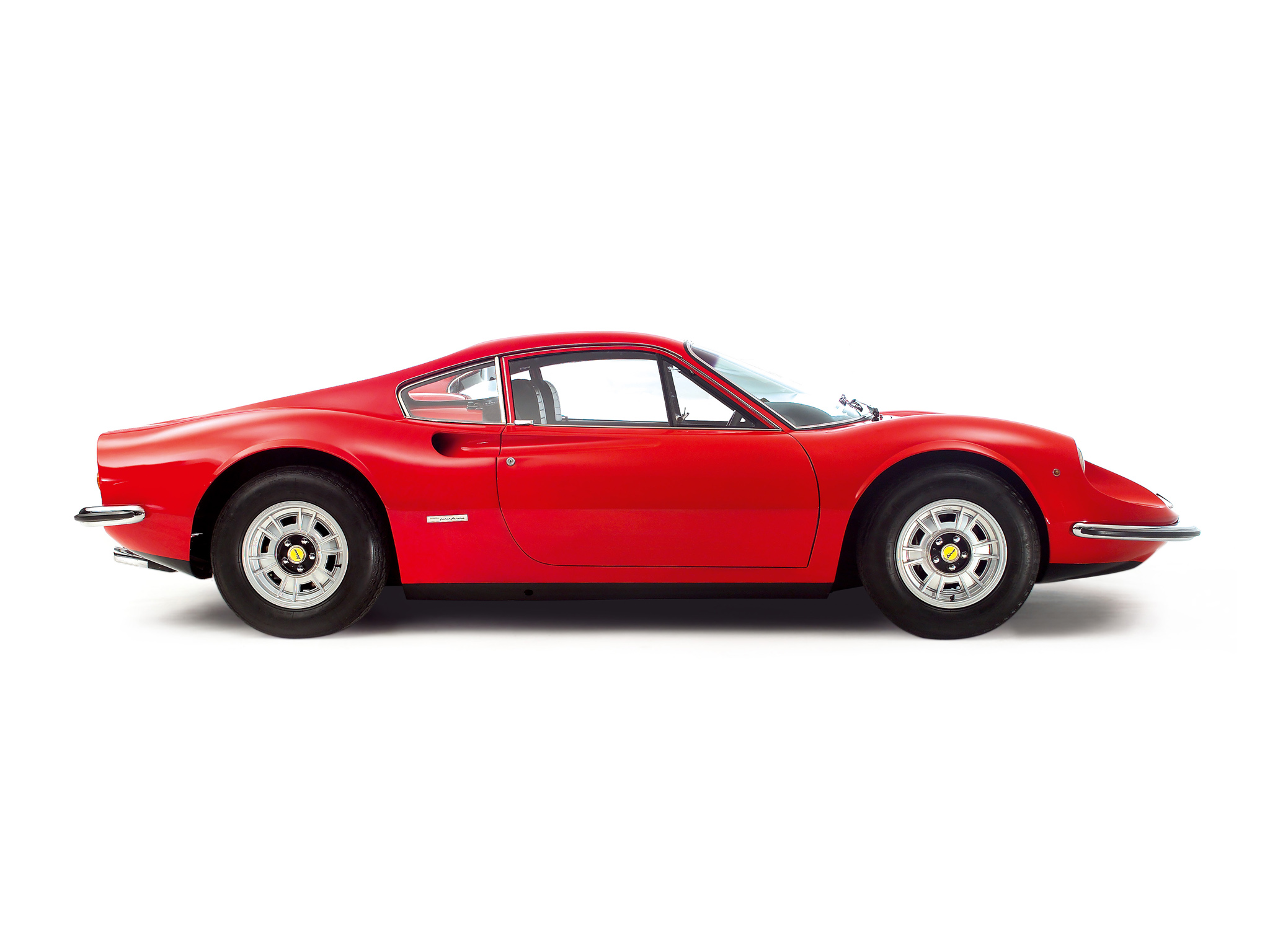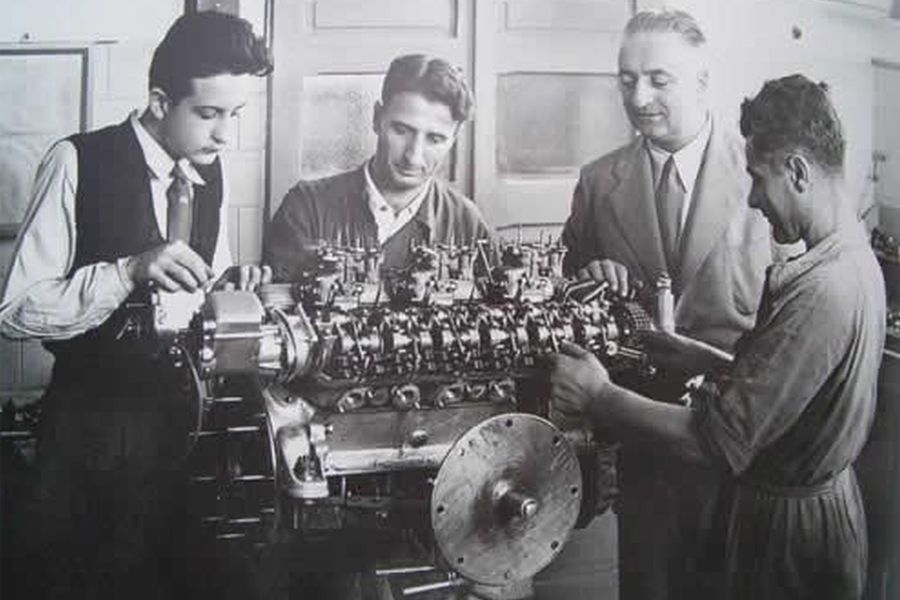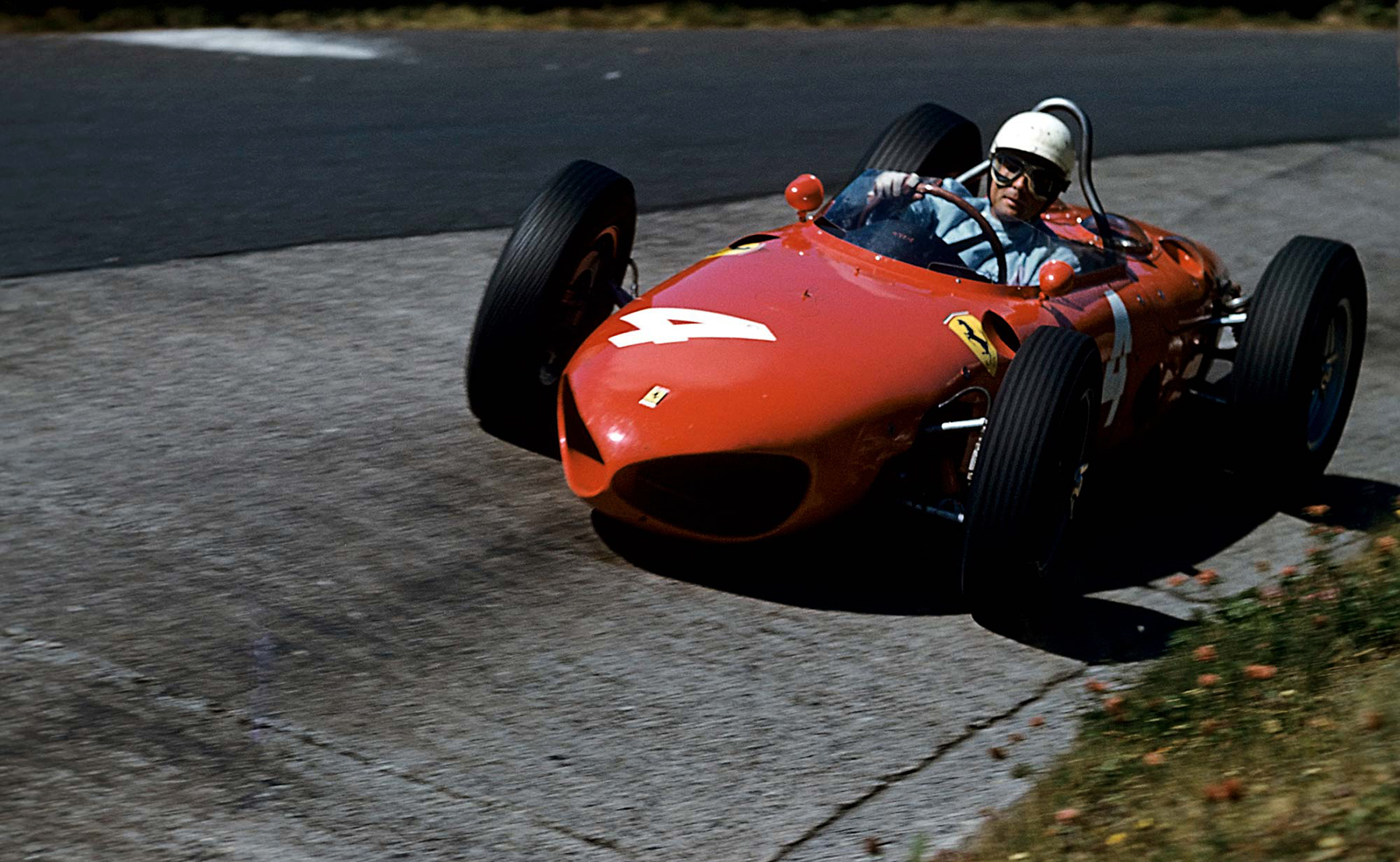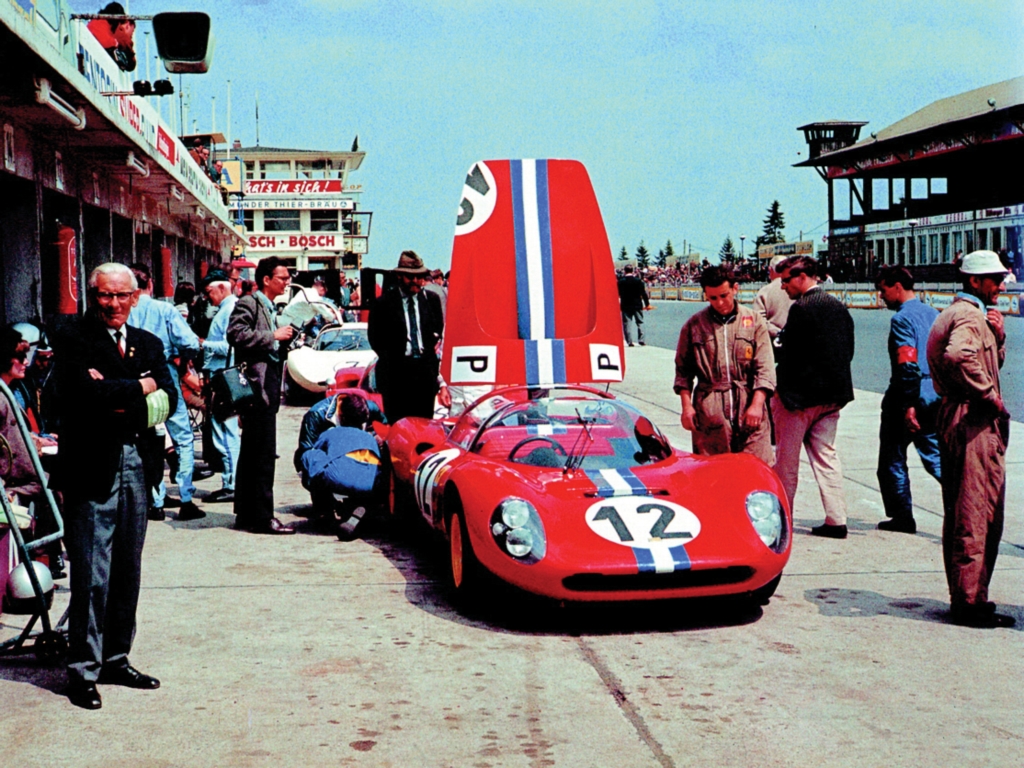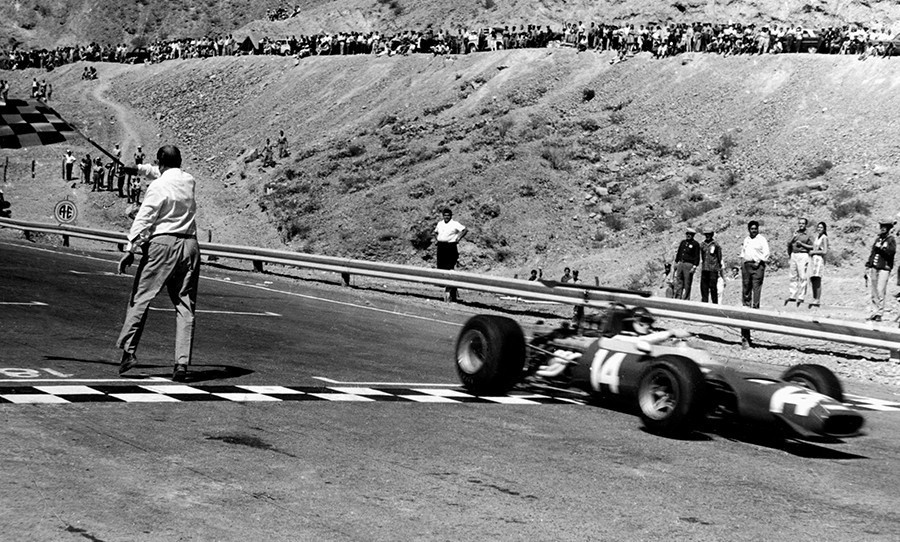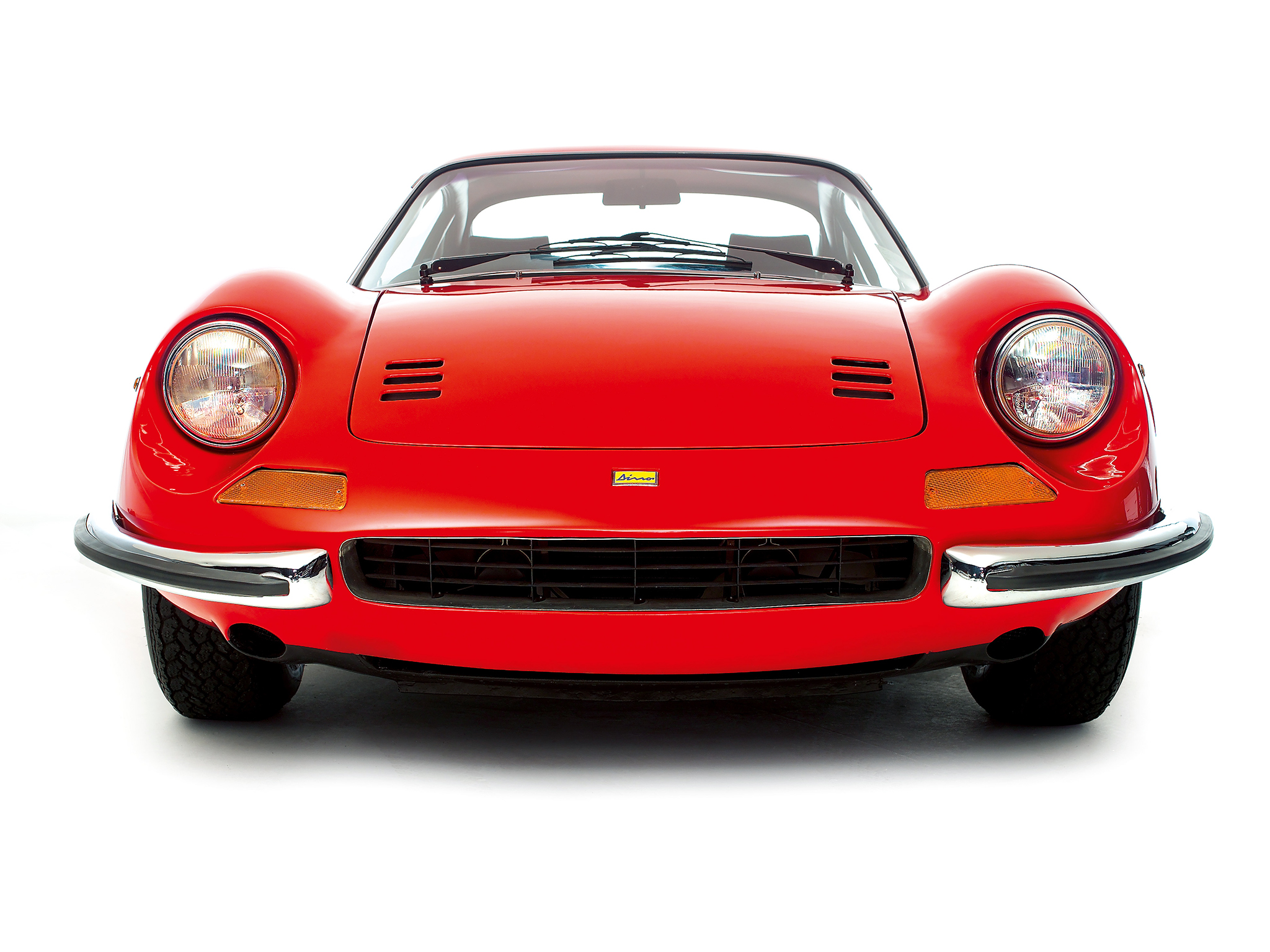Dino and that unknown document from The Key
Photo credit: Ferrari, Wheelsage
Alfredo – nicknamed Alfredino or Dino – Ferrari was just 24 years old when he passed away in June 1956. A relentless form of muscular dystrophy took away Enzo’s first son who had demonstrated, with a brilliant degree in engineering, an innate and superb talent. In last year’s TCCT yearbook, The Key 2019, we wrote about an extraordinary and relatively unknown story: a few months before died, Dino had written an article for the Italian magazine Velocità. The subject of the article was Formula 1 engines. It is no coincidence when you consider that the 65° V6 that took his name was the result of a fortuitous suggestion of his. Reading his article from many years ago, it’s clear just how much Formula 1 – and the engines they use – have changed. Dino, bravely, spoke of direct fuel injection when carburettors were the preferred choice – but back then electronics weren’t up to the task – as well as engine downsizing.
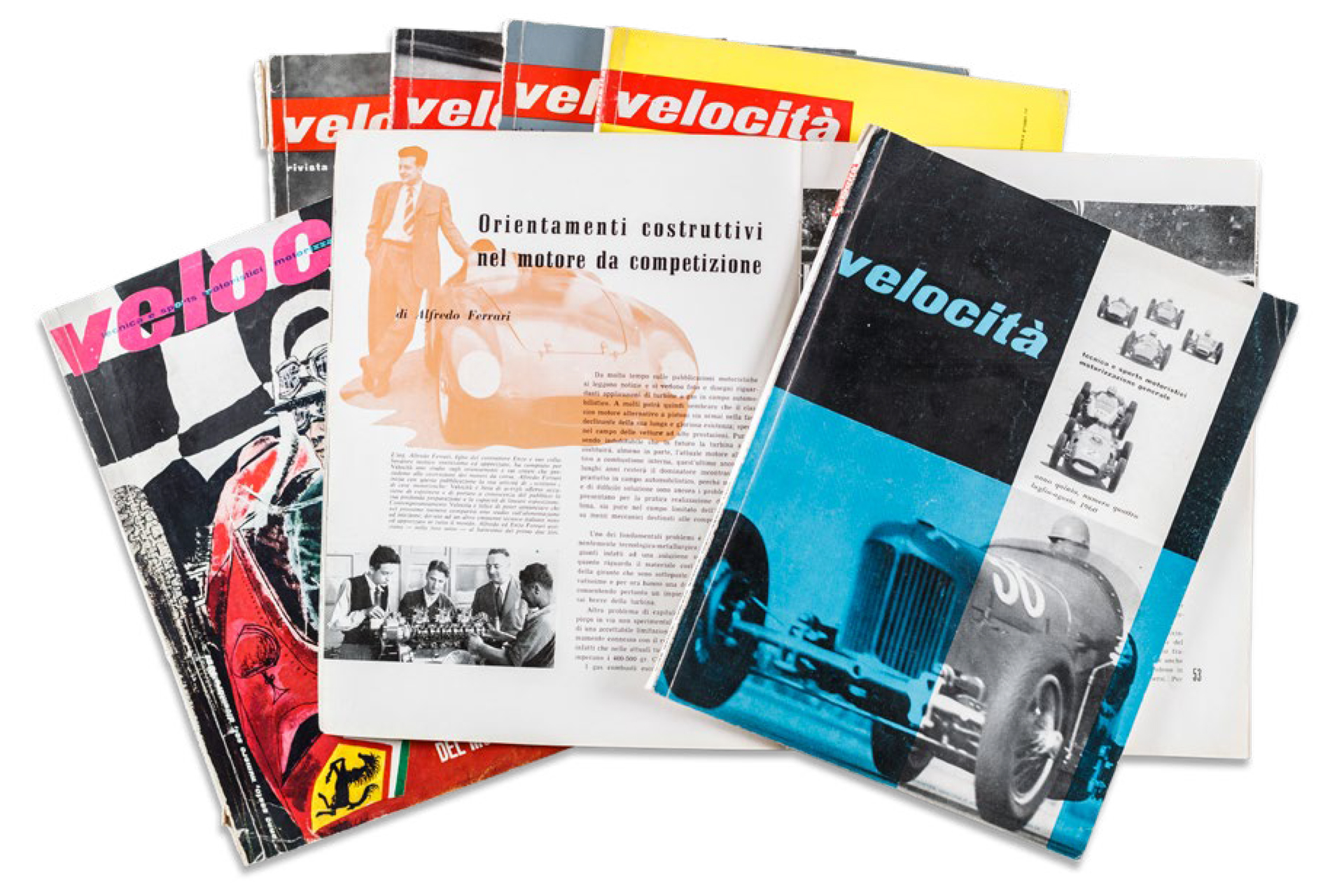
Ferrari had just won two World Titles with Alberto Ascari in a 4-cylinder single-seater. Phenomenal torque but it was difficult to get it to rev high. He suggested following the original Maranello path of the V12’s and, for the smaller engines, the V6. All very interesting. Worthy of the successor Enzo would have wanted. These were the years when the Ferrari legend was in the making. A legend that endures to this day and, just like all legends, must be kept alive. The name Dino and the many road, sports and single-seater cars that have taken his name do just that.
